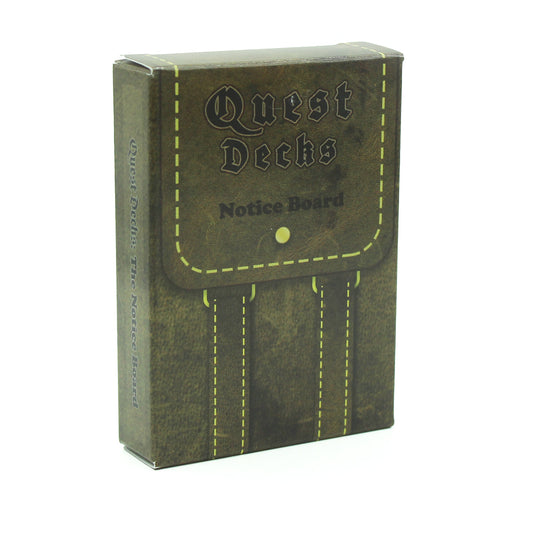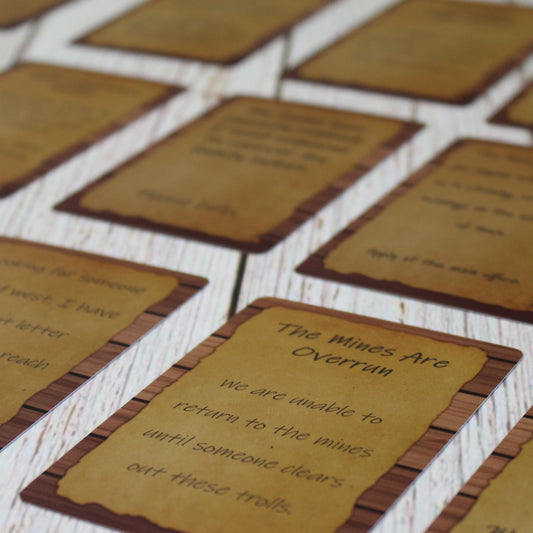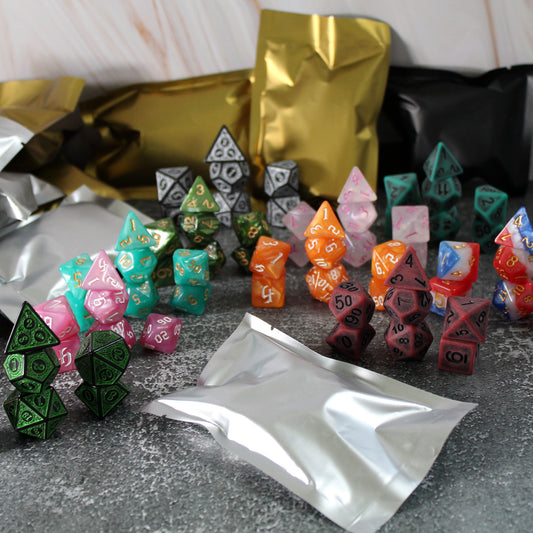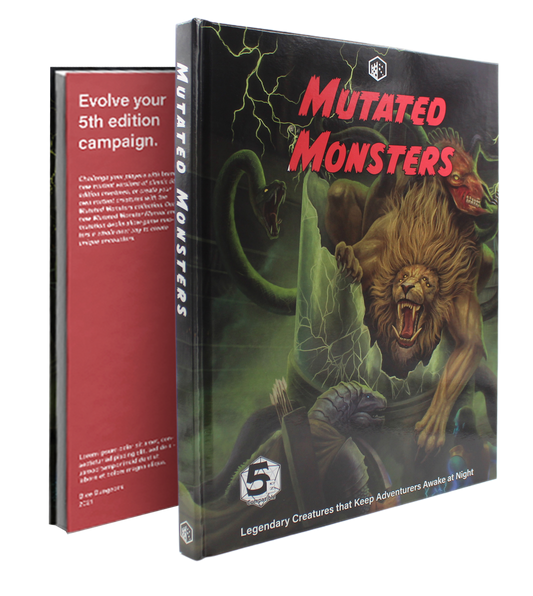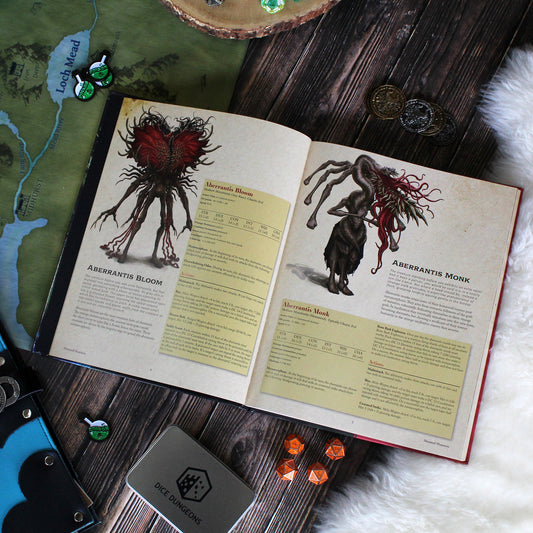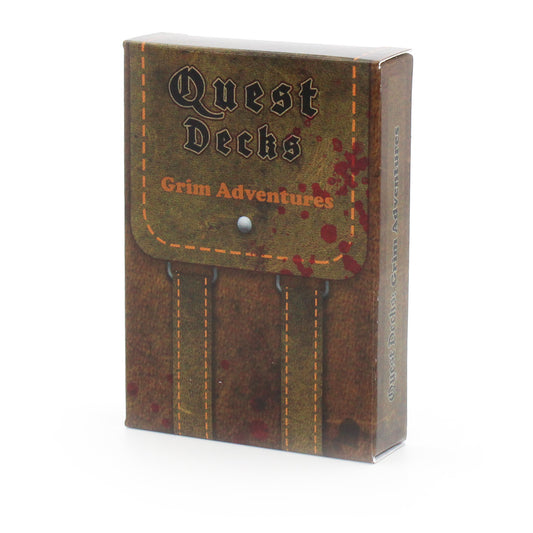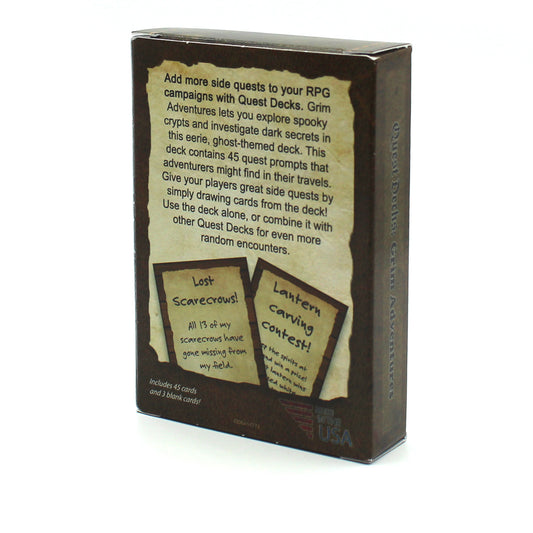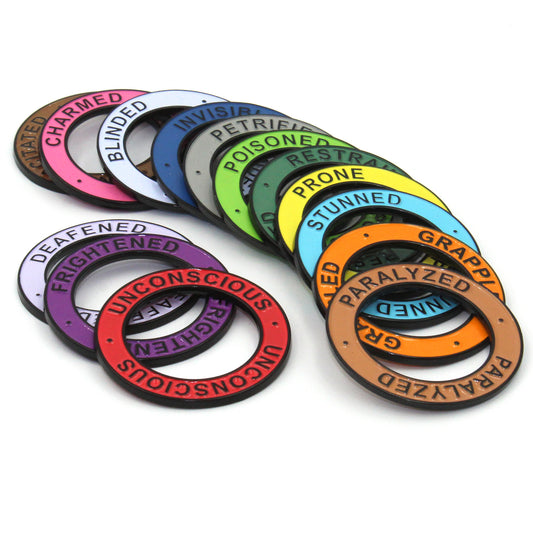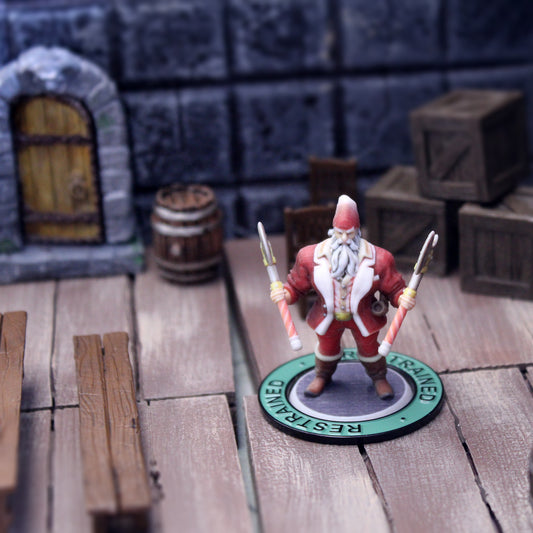There are countless tabletop role-playing games, each with its own mechanics and quirks. With so many options, it can be overwhelming to find the right one for your group. One easy way to narrow the field is by looking at the dice each system uses. Here’s a guide to some major systems organized by dice type.
d20-centric Games
The most familiar polyhedral set includes seven dice; d4, d6, d8, d10, percentile d10, d12, and d20. These games put the twenty-sided die front and center. Dungeons & Dragons and its sibling Pathfinder use the d20 to resolve attacks, saving throws and skill checks. Other d20-based games like Starfinder and Mutants & Masterminds also rely on rolling a d20 plus modifiers to determine success.
Percentile Systems (d100)
Percentile or d100 games use two ten-sided dice to produce results from 1 to 100. The classic example is Call of Cthulhu, where investigators test their skills by rolling under a percentage. Other horror-themed games like Outbreak: Undead also use percentile dice to create tension and uncertainty. This mechanic scales skill levels intuitively—higher percentages mean a greater chance of success.
d6 Dice Pools

Some games build dice pools of six-sided dice to represent a character’s ability. Shadowrun uses large pools of d6s, counting each die that meets or exceeds a target number as a success; the more successes, the better the result. Fiasco leverages pairs of d6s to generate relationships, complications and outcomes in collaborative storytelling. Horror games like Ten Candles shrink a pool of d6s as candles burn down, reflecting dwindling hope. Universal systems such as GURPs and Fantasy AGE also use three or more d6s to resolve tasks.
Powered by the Apocalypse (2d6)
Games built on the Powered by the Apocalypse engine use two six-sided dice to determine outcomes. Rolling 10 or higher is a full success, 7-9 is a partial success with a complication and 6 or less is a miss. Examples include Apocalypse World, Monster of the Week and Dungeon World. This resolution system keeps math simple while providing narrative outcomes based on the roll.
d10 Dice Pools
Several high-powered fantasy and horror games use pools of ten-sided dice. The Storyteller System that powers games like Vampire: The Masquerade, Werewolf: The Apocalypse and Exalted asks players to roll a number of d10s equal to their traits, counting successes against a target number. This mechanic allows characters to gather more successes by adding dice for expertise or bonuses.
Fate and Fudge Dice
The Fate Core system builds on the earlier Fudge rules and uses four specialized six-sided dice with plus, minus and blank faces. Players roll four Fudge dice, add the pluses and subtract the minuses, then add modifiers from skills and aspects. The result ranges from -4 to +4 and determines success or failure. Fate’s narrative focus encourages players to spend fate points to influence outcomes.
Custom and Symbol Dice
Some games break away from numbered dice entirely. Fantasy Flight’s Star Wars Roleplaying Game and its sibling Genesys use custom polyhedral dice with symbols representing successes, failures, advantages, threats and triumphs. Players roll a pool of narrative dice and interpret the combination of symbols to determine what happens, creating layered results that go beyond simple pass or fail. Legend of the Five Rings uses custom ring and skill dice with symbols for success, opportunity and strife, blending mechanical outcomes with narrative tone.
Daggerheart’s Hope and Fear
A newcomer to the scene, Daggerheart introduces a unique dual-d12 mechanic. Players roll a pair of twelve-sided dice: one represents Hope and the other Fear. The higher result guides the tone of the outcome; if Hope is higher the result favors the heroes, while a higher Fear die introduces complications. The dice also generate Hope and Fear tokens that players and game masters spend to influence the story, creating a push-and-pull dynamic that feels fresh.
2d20 Momentum Systems

Modiphius Entertainment’s 2d20 engine powers games like Star Trek Adventures, Conan: Adventures in an Age Undreamed Of and Dune: Adventures in the Imperium. Players roll two d20s and count how many are equal to or under their target number; rolling additional successes generates momentum that can be spent to gain extra information or rerolls. The game master gains a resource called Doom whenever players push their luck. Combat uses d6 damage dice with symbols to determine effects.
Blades in the Dark and d6 Position/Effect
Heist-focused RPG Blades in the Dark uses a pool of d6s based on a character’s skill and position. Players look at the highest single die: a 6 means full success, 4-5 is a partial success with a consequence and 1-3 is a failure. The game also tracks position (controlled, risky, desperate) and effect (limited, standard, great) to tune the outcome, making each roll a tension-filled gamble.
Final Thoughts
This overview covers many of the most popular tabletop RPG systems and their dice mechanics, from the familiar d20 of Dungeons & Dragons to innovative games like Daggerheart and Blades in the Dark. New systems continue to emerge, so consider how your group likes to resolve challenges; whether with single dice, pools, symbols or dual-die tension and pick a game that fits your style.


